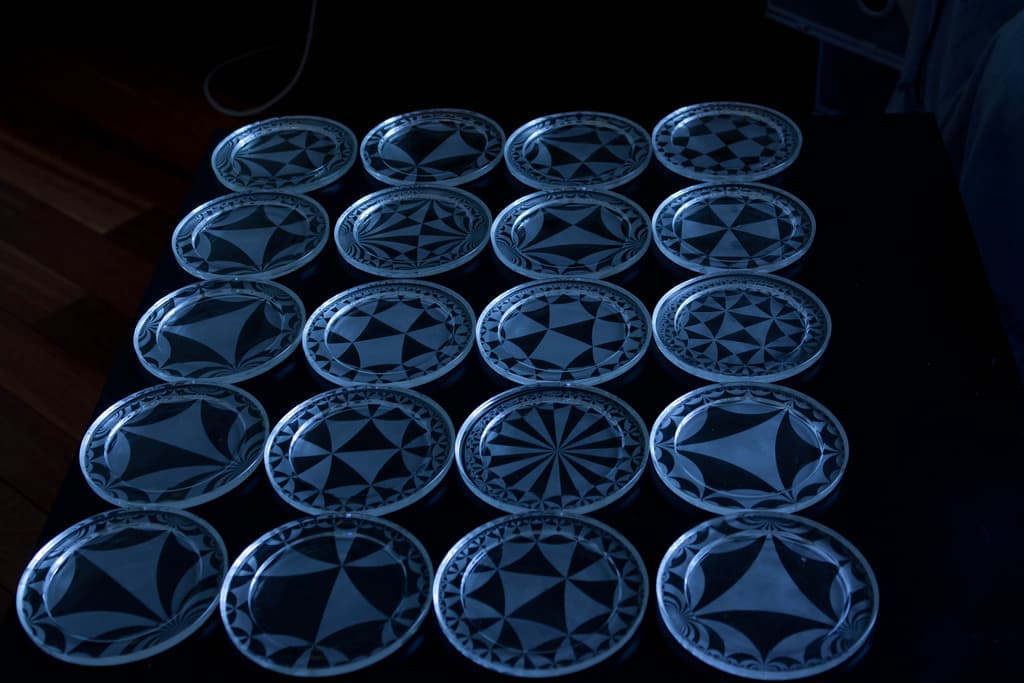2012 Joint Mathematics Meetings
Mikael Vejdemo-Johansson
Artists
Mikael Vejdemo-Johansson
Assistant Professor of Data Science
Department of Mathematics, CUNY College of Staten Island
Staten Island, New York, USA
Statement
The advent of accessible automated tools — CNC-controlled mills, laser cutters, vinyl cutters, 3d printers, et.c. — that through the Maker movement reaches commodity prices opens up a number of new approaches to art: especially algorithmic and mathematical art works. The computational control allows us to write algorithms to generate concrete physical art; and their precision allows a higher resolution than what the eye can discern. In particular, I have worked for a wild and creative month with laser cutters — through TechShop:SF I was able to get a month's worth of tool access in early 2011. During this time, I produced a number of pieces highlighting and reifying different mathematical concepts, giving them physical presence and accessibility and turning abstract geometry into hands-on displays and objects.
Artworks

Hyperbolic Coasters
14 items, 12cm diameter each
Laser-etched glass
2011